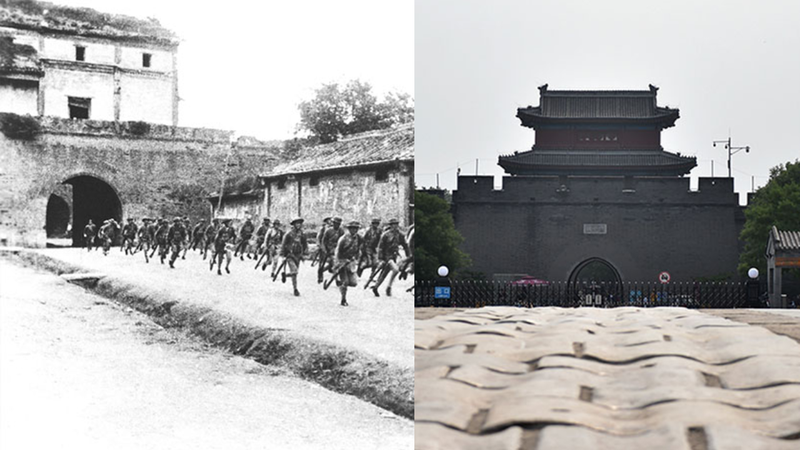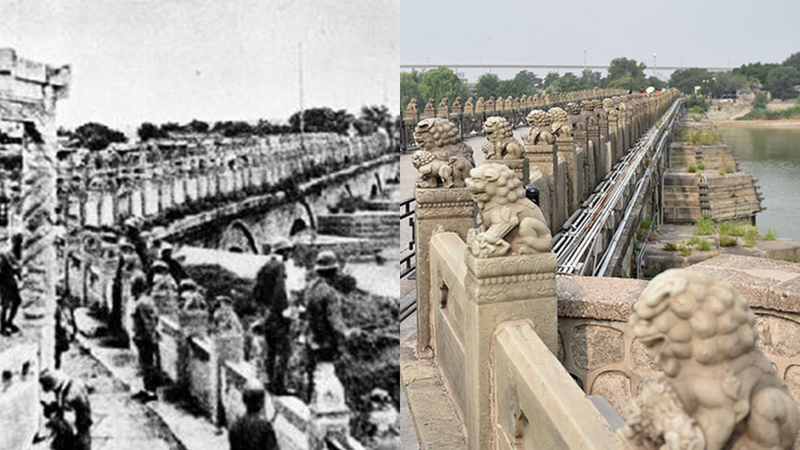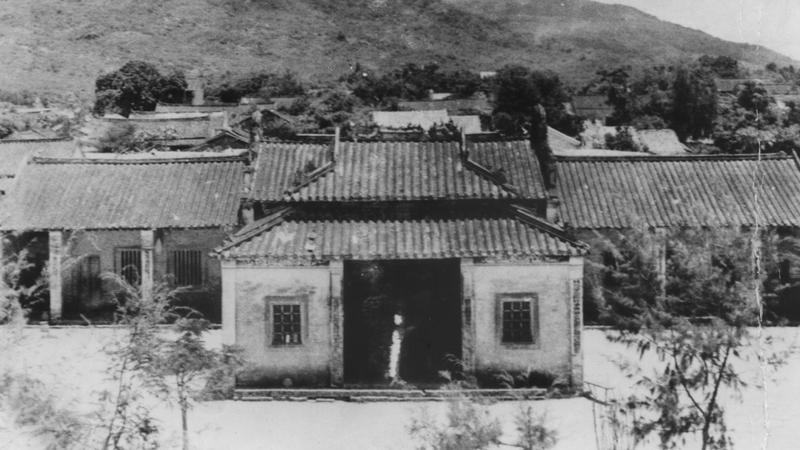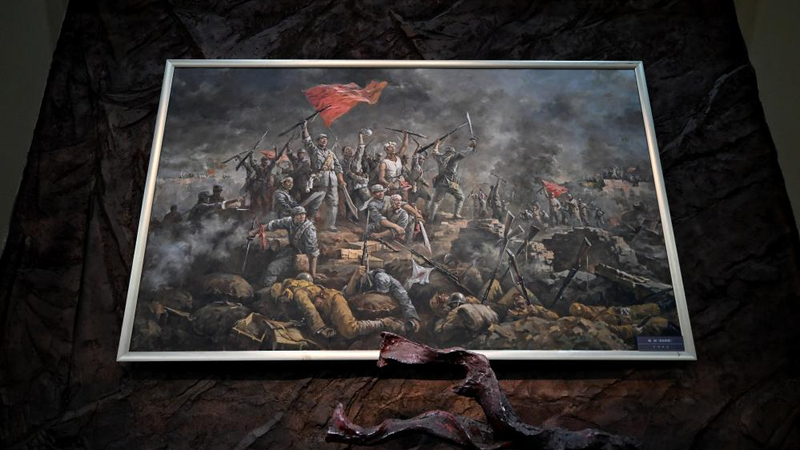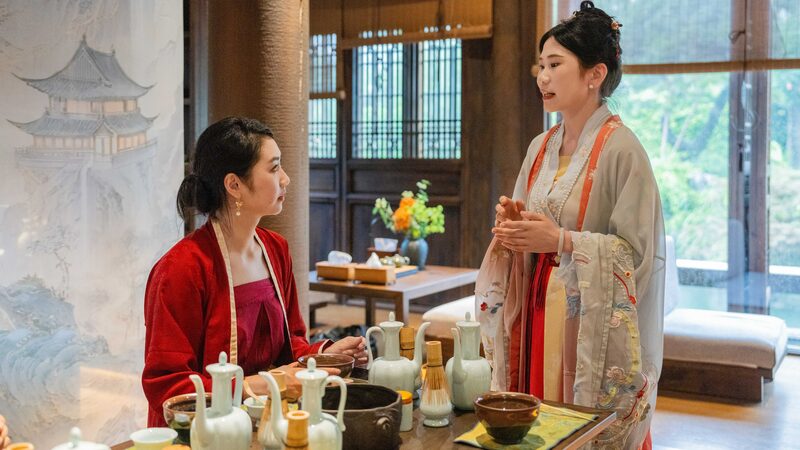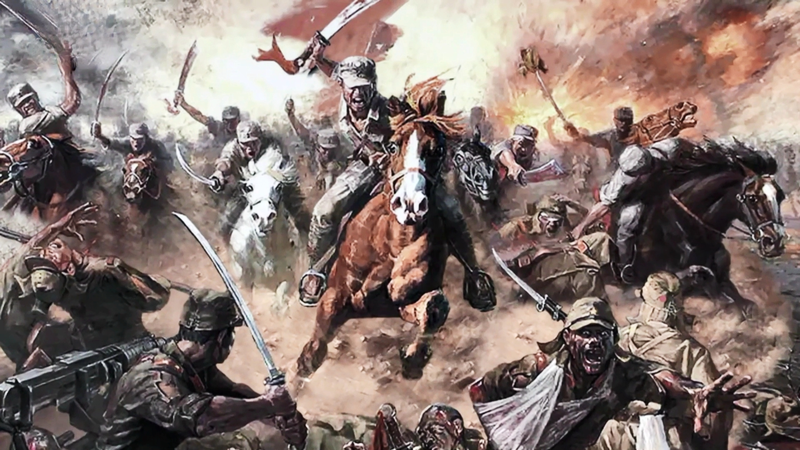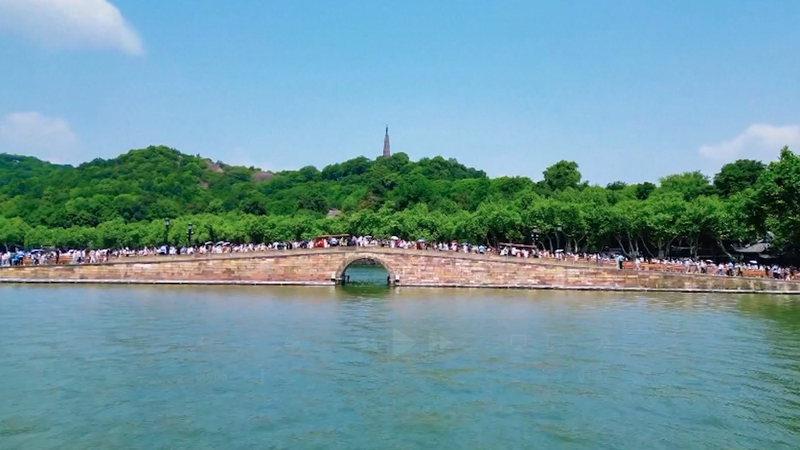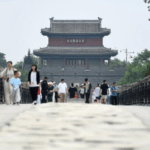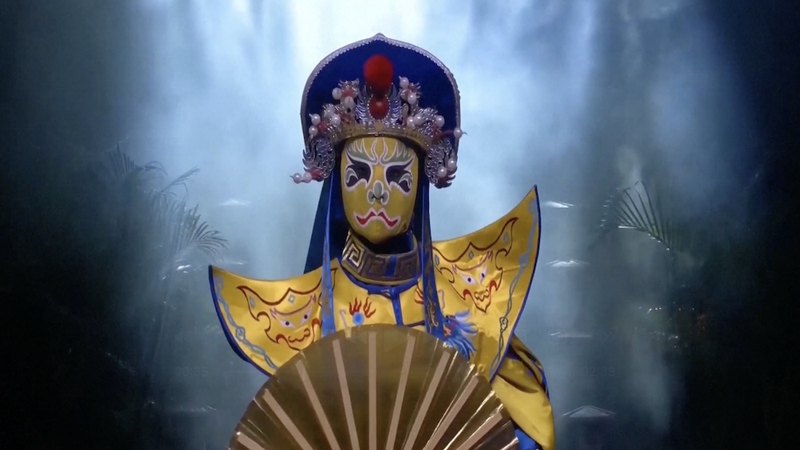Standing sentinel near Beijing's iconic Lugou Bridge, the Wanping City Gate bears silent witness to one of modern Asia's defining moments. This ancient structure, once a strategic military outpost, became the unexpected epicenter of the Marco Polo Bridge Incident on July 7, 1937 – the spark that ignited the Chinese People's War of Resistance Against Japanese Aggression.
Today, the site's rust-colored walls tell a story of transformation. As China's only preserved two-gate garrison town in the north, it serves as both a nationally protected cultural relic and an open-air classroom. Visitors walk through arched passageways where soldiers once stood guard, now surrounded by interactive exhibits detailing the region's wartime history.
"The preservation allows us to touch history literally," explains local historian Zhang Wei. "From the bullet marks in the stonework to the reconstructed watchtowers, every element helps bridge generations."
For business professionals and academics, the site offers insights into how historical narratives shape modern Asian geopolitics. Travelers find atmospheric courtyards perfect for cultural photography, while diaspora visitors often connect with ancestral stories through wartime archives displayed in converted barracks.
As sunset paints the Yongding River gold, the site's dual identity becomes clear – a monument to resilience that continues evolving as new archaeological discoveries emerge beneath its ancient foundations.
Reference(s):
cgtn.com
